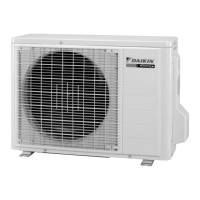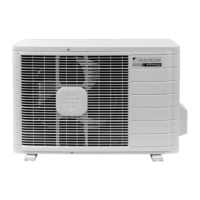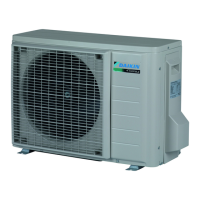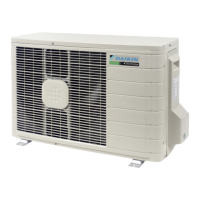What to do if the multi-colored indicator lamp blinks on my Daikin RXG25K2V1B?
- VvreyesAug 4, 2025
If the multi-colored indicator lamp on your Daikin Air Conditioner is blinking, it could be due to a protection device being activated in either the indoor or outdoor unit, or a thermistor malfunction. It could also indicate a signal transmission error between the indoor and outdoor units. In both cases, you should conduct the diagnostic procedure described in the following pages.






